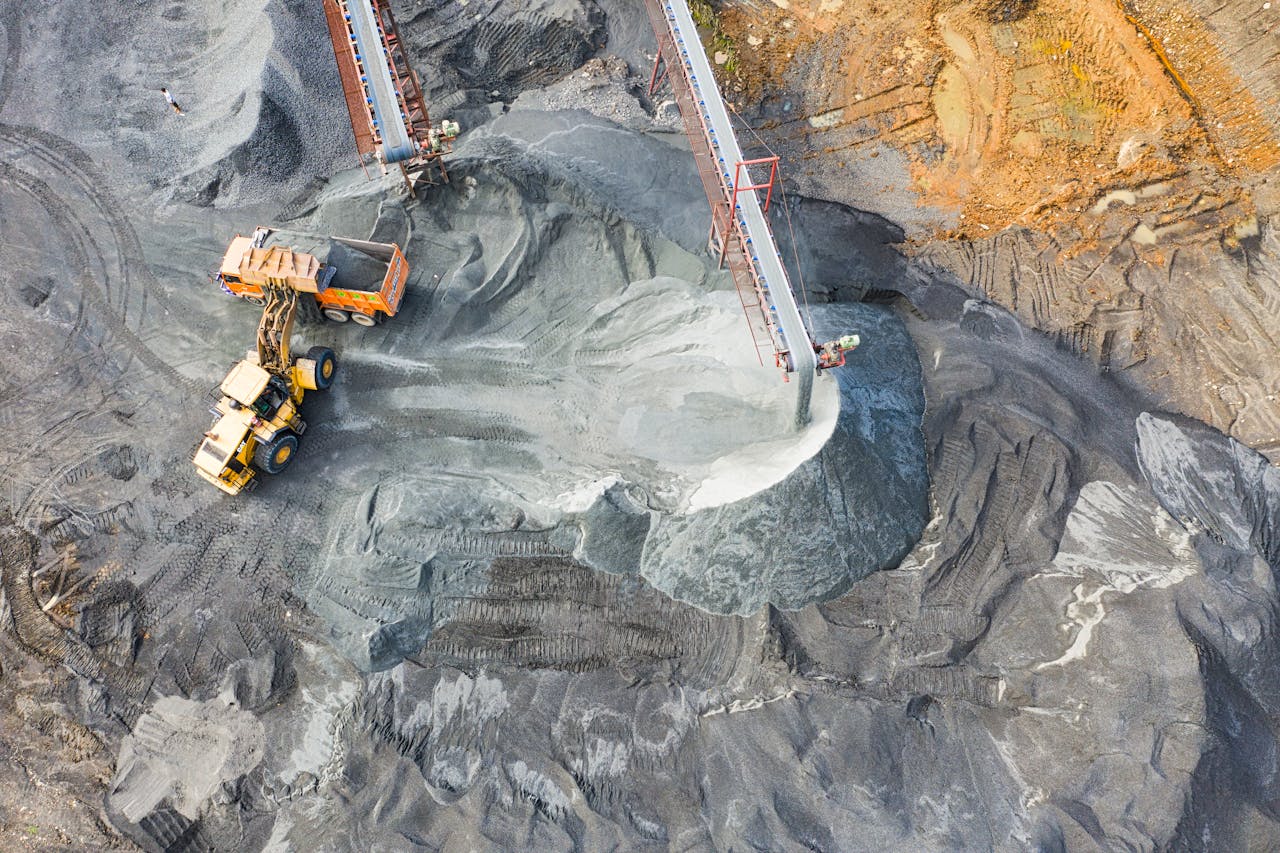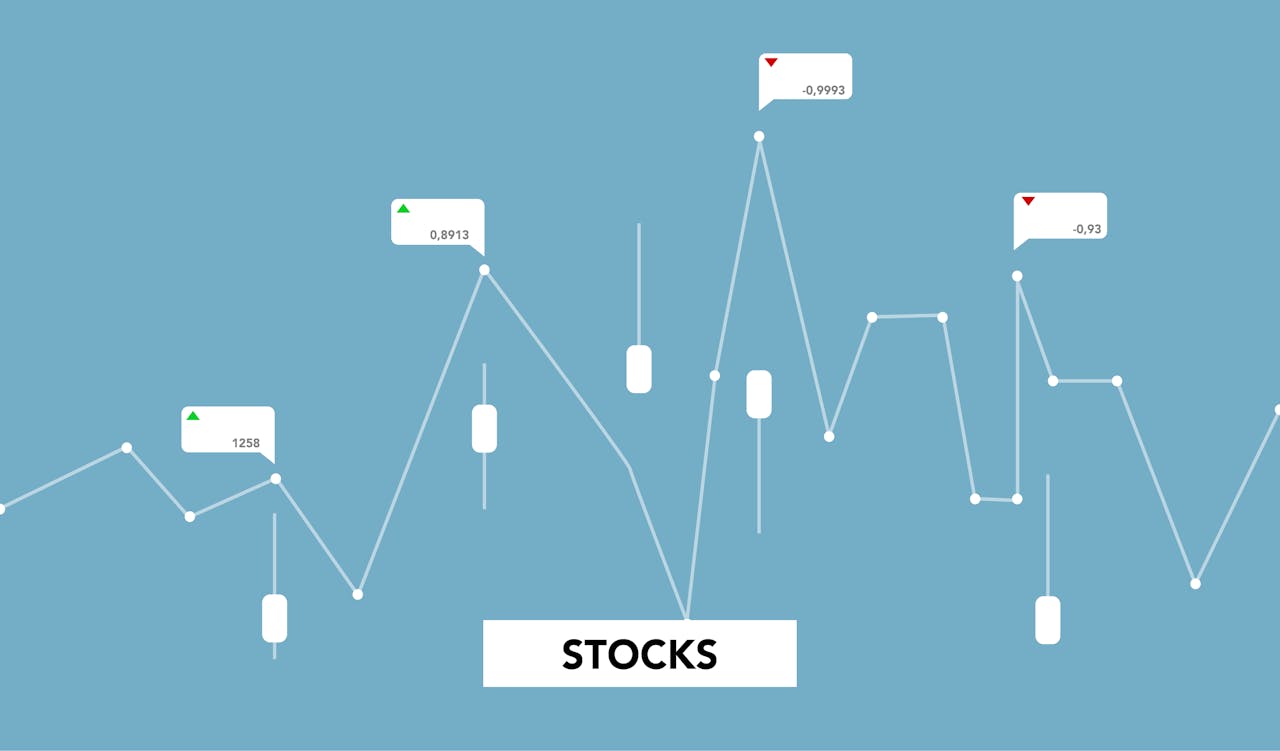Investing in mining companies can be a lucrative way to diversify your portfolio and potentially earn significant returns. However, like any investment, it carries a level of risk that requires careful consideration and planning. In this guide, we will explore the steps you should take to invest in mining companies and the factors to consider to make informed decisions.
Understanding the Mining Sector
Before diving into investments, it’s crucial to understand the mining industry itself. Mining involves the extraction of valuable minerals or other geological materials from the earth, which can include metals like gold, copper, or silver, as well as non-metals like coal, lithium, and diamonds. These materials are essential in manufacturing, construction, energy production, and technology.
The mining sector is often divided into two categories: precious metals (e.g., gold, silver) and base metals (e.g., copper, zinc). Precious metals are typically seen as more stable investments, whereas base metals can be influenced by industrial demand.
Types of Mining Companies
Mining companies come in different shapes and sizes, and it’s important to understand the types of companies you can invest in. Broadly, there are three main types of mining companies:
1. Exploration Companies
These are companies that focus on discovering new mining sites. They may not yet have significant production, but they hold substantial potential for future growth if they find viable deposits. Investing in exploration companies can be risky since they often operate without steady cash flow, but successful discoveries can lead to high rewards.
2. Development Companies
Once exploration companies find valuable resources, they transition into development companies. These businesses work to bring the mining site into production. Investment in these companies carries less risk than exploration firms, as they typically have a clear plan and progress toward operational mining. However, there are still risks related to financing, regulatory approval, and environmental concerns.
3. Production Companies
Production companies are the most established and typically the safest investment in the mining sector. These companies are already actively extracting and selling minerals. They offer more stability compared to exploration or development companies, making them a preferred choice for conservative investors. However, even established companies can face volatility due to fluctuations in commodity prices.
How to Get Started with Investing in Mining Companies
When you’re ready to invest in mining companies, there are several options available. Here’s a step-by-step guide on how to get started:
1. Research the Industry
Before making any investment, it’s vital to conduct thorough research on the mining industry. Understand global demand for different metals and minerals, as well as geopolitical factors that might affect the industry. For example, changes in trade policies or environmental regulations can have a significant impact on mining operations.
2. Select the Type of Investment
There are various ways to gain exposure to mining companies. The most common methods are:
- Direct Investment: Buying shares of mining companies directly. This option requires you to actively follow the performance of the company, assess its financial health, and stay updated on the mining operations.
- Mining ETFs: Exchange-traded funds (ETFs) that focus on mining companies. These funds allow you to invest in a diversified basket of mining companies. ETFs help mitigate risk because they spread your investment across multiple companies within the industry.
- Mutual Funds: These funds pool money from investors to purchase shares in mining companies. Like ETFs, mutual funds offer diversification but are typically actively managed.
- Commodity ETFs: If you’re interested in the price movements of specific metals like gold or copper, you can invest in commodity ETFs. These funds track the price of the metals, and while they don’t offer direct exposure to companies, they can be a good way to benefit from rising commodity prices.
3. Assess the Financial Health of Companies
When evaluating mining companies, it’s important to assess their financial health. Look at their balance sheet, income statement, and cash flow to gauge profitability and potential for growth. High debt levels can be a red flag, especially if the company is in the exploration or development stage, as it might indicate financial instability.
Pay attention to key financial metrics such as:
- Revenue growth: Consistent revenue growth can indicate a company’s ability to scale its operations.
- Profit margins: Healthy profit margins are essential for sustaining long-term growth.
- Debt-to-equity ratio: A lower ratio is generally better, indicating that the company is not overly reliant on debt for financing.
4. Evaluate Mining Operations and Reserves
Understanding a company’s mining operations and its reserves is essential to gauge its future potential. Reserve life is one of the most important factors to consider. A mining company with limited reserves may face difficulties as it depletes its resources, while a company with substantial reserves is more likely to enjoy long-term profitability.
You should also look for companies that use efficient mining techniques, reducing operational costs and improving their competitive edge. Additionally, it’s wise to consider the geopolitical risks of the countries where the company operates, as political instability can have a huge impact on mining operations.
5. Monitor Commodity Prices
Commodity prices are a driving force behind the profitability of mining companies. A rise in the price of gold, for instance, can boost the profitability of gold mining companies. However, prices are volatile and can be influenced by factors like global supply and demand, economic cycles, and geopolitical events.
Stay updated on commodity trends and market forecasts to make informed decisions about when to buy or sell mining stocks. You can use financial tools and news sources to track these price movements.
Risks Involved in Mining Investments
Investing in mining companies comes with its share of risks, which investors should be aware of before committing their money. Some of the key risks include:
1. Commodity Price Volatility
The price of the minerals or metals a company mines can fluctuate significantly. If prices fall, mining companies might struggle to turn a profit. Therefore, investors must be prepared for market downturns and the impact they can have on mining stocks.
2. Regulatory and Environmental Risks
Mining operations are often subject to strict regulations regarding environmental impact, land use, and worker safety. Changes in environmental policies or regulations can affect a company’s ability to operate or increase its operational costs.
3. Geopolitical Risks
Mining companies operating in politically unstable regions may face additional challenges. Wars, nationalization of resources, and civil unrest can disrupt production and negatively impact company profits.
4. Operational Risks
Mining is a capital-intensive industry that relies on heavy machinery and skilled labor. Operational disruptions, such as accidents, strikes, or equipment failures, can lead to delays and higher costs.
Conclusion
Investing in mining companies can offer excellent growth opportunities, especially for those interested in natural resources. However, it’s essential to carefully research the industry and companies you’re considering before making an investment. Always weigh the risks, understand the different types of mining companies, and consider diversifying your investments to mitigate potential losses.
By staying informed, monitoring market conditions, and regularly assessing the financial health of your investments, you can position yourself for success in the mining sector.
Check out our Facebook or X accounts.
For more topics check here.



